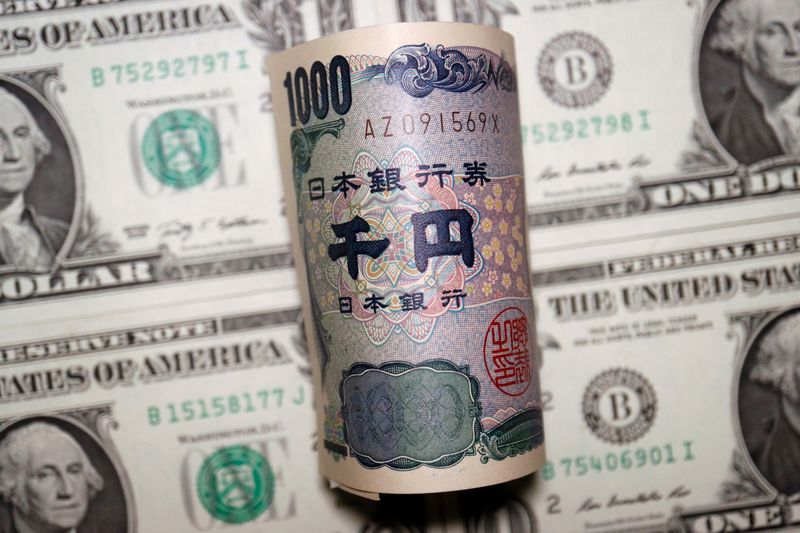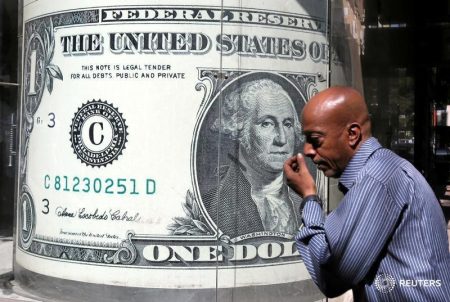Investing.com– Most Asian currencies moved little on Friday as markets hunkered down before a series of major central bank meetings next week, while the Japanese yen strengthened slightly on strong inflation data, but remained close to a one-year low.
The and both moved little in Asian trade, but retained most gains made this week. Treasury yields also steadied after retreating slightly in overnight trade, but remained within sight of mutli-year peaks. Data released overnight showed that the U.S. , helping improve some sentiment.
But anticipation of a next week kept traders largely cautious, although the central bank is widely expected to keep rates on hold. Fed officials have flagged the possibility of at least one more rate hike this year, amid sticky inflation and a strong labor market. Strength in the U.S. economy also gives the Fed more headroom to keep rates higher for longer- a scenario that bodes poorly for most Asian currencies.
Japanese yen holds above 150, BOJ awaited
The rose 0.1% as data showed grew more than expected in October, heralding a similar rise in nationwide inflation.
The reading could potentially set the stage for a hawkish move by the , when it meets this coming Tuesday. While the central bank is widely expected to maintain its negative interest rates, it may further alter its yield curve control policy amid sticky inflation, rising bond yields and a severely weakened yen.
The Japanese currency remained above the 150 level against the dollar on Friday, fueling speculation that the government could intervene in currency markets to support the yen. Finance Minister Shunichi Suzuki said the government will continue to respond to the currency market with a “strong sense of urgency,” although there appeared no signs of intervention so far.
Among other Asian currencies, the rose 0.3%, recovering a measure of losses earlier this week, while the added 0.3%, also recovering after steep losses.
Reserve Bank of Australia Governor Michele Bullock downplayed a stronger-than-expected inflation reading this week, triggering a sharp decline in the Aussie as markets priced in a later in November.
The rose 0.2%, taking some relief from a sharp drop in oil prices this week, although the currency still remained close to record lows.
The was flat as data showed some improvement in China’s through September. But concerns over more dilution in the yuan, after Beijing announced a massive bond issuance in the fourth quarter, continued to weigh on the currency.
Read the full article here















